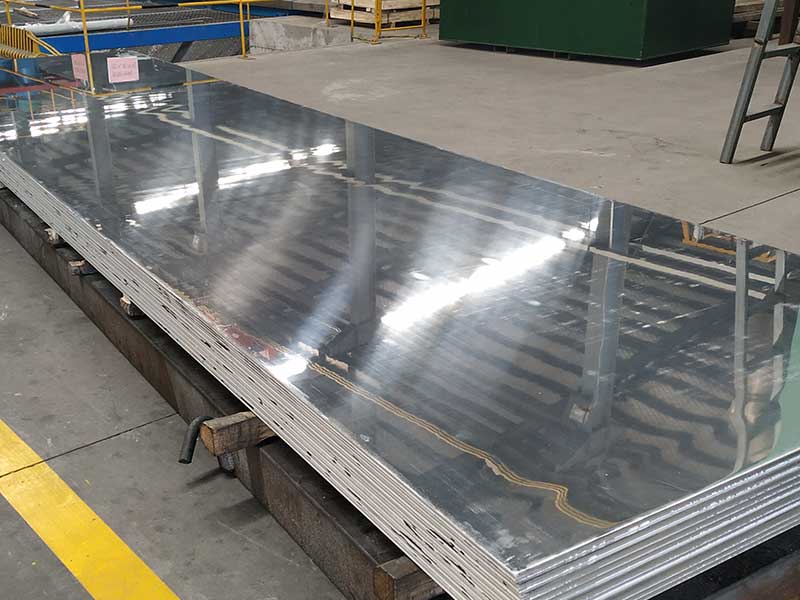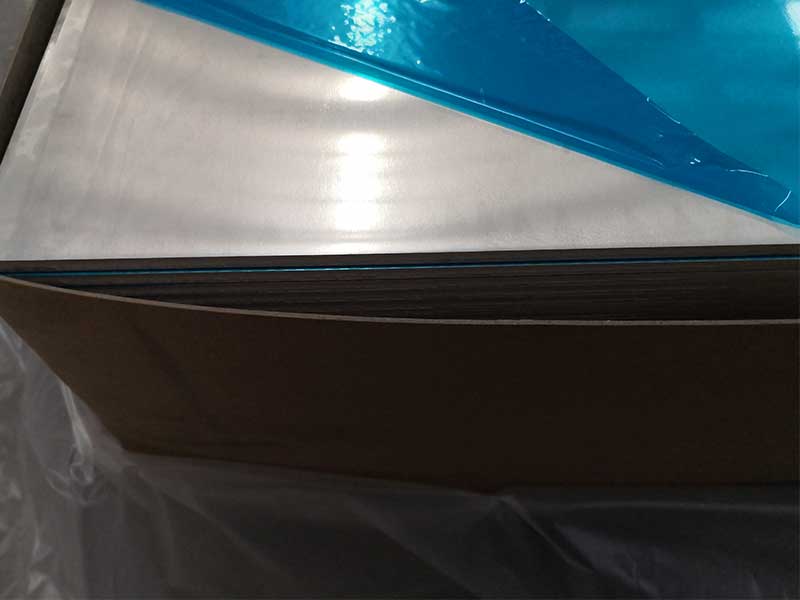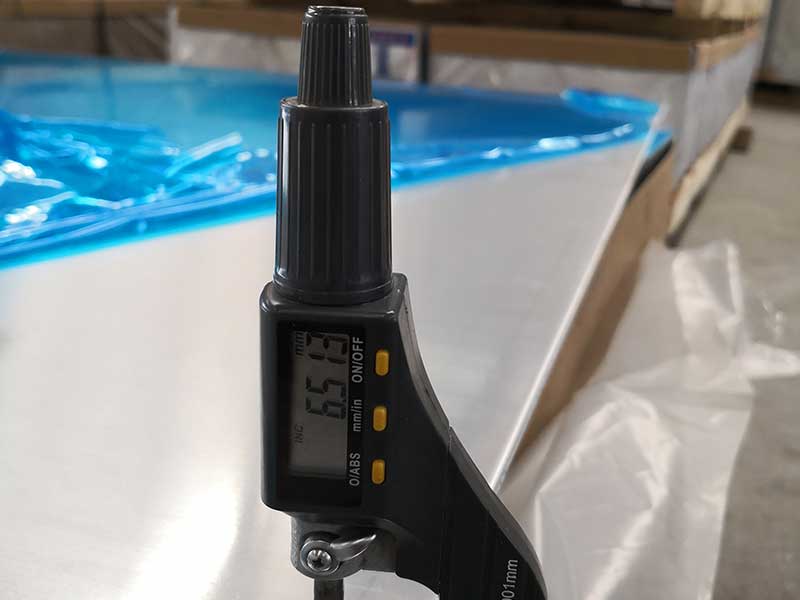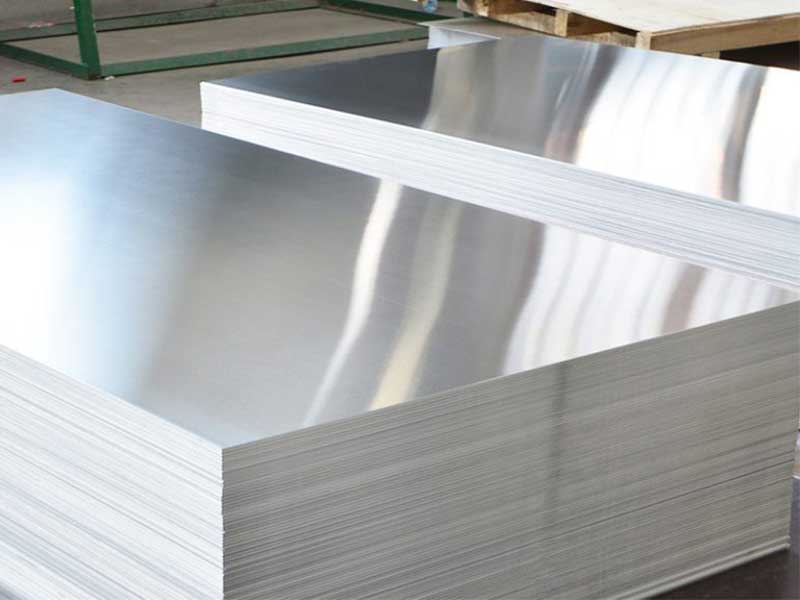Aluminum sheet metal roll
When we think of aluminum sheet metal roll, what often comes to mind is a sleek, shiny strip of metal—ready to be shaped into car panels, airplane parts, or packaging materials. But behind this common industrial image lies a fascinating story rooted in materials science, engineering precision, and manufacturing efficiency.
Aluminum Sheet Metal Rolls
An aluminum sheet metal roll is essentially a continuous length of aluminum alloy that has been rolled into thin sheets. These sheet metal rolls come in widths easily handled by industrial machinery and thickness varying from as thin as 0.2 mm to several millimeters, tailored for diverse applications from cigarette packaging to aerospace structural components.
Think of the rolling process as more than mere mechanical deformation. It is a delicate dance of temperature control, metal flow, and microstructure management:
- Hot Rolling: Reduces sheet thickness by heating aluminum above recrystallization temperature (~350–400°C). This initial step homogenizes microstructure and enhances ductility.
- Cold Rolling: Further reduction at room temperature increases strength through strain hardening and refines surface finish, resulting in an excellent balance between strength and formability.
Chemistries Behind the Roll: Alloy Selection Matters
Not all aluminum alloys are created equal. Each alloying element brings different properties.
| Alloy Series | Main Alloying Elements | Typical Applications | Mechanical Highlights |
|---|---|---|---|
| 1xxx | >99% Aluminum (Minimal alloys) | Electrical conductors, chemical industry | Excellent corrosion resistance, soft, highly ductile |
| 3xxx | Manganese (~1%) | Roofing, siding, cooking utensils | Good corrosion resistance, moderate strength |
| 5xxx | Magnesium (3-5%) | Marine structures, automotive panels | High strength, excellent corrosion resistance especially in marine atmosphere |
| 6xxx | Magnesium + Silicon | Architectural, aerospace parts | Good formability, medium strength, excellent corrosion resistance |
| 7xxx | Zinc + Magnesium + Copper | Aerospace, military applications | Highest strength alloys, less corrosion resistant, requires heat treatment |
A typical aluminum sheet metal roll for structural use is often 5xxx or 6xxx series. For instance, 5052 alloy (5% Mg) combines moderate strength and outstanding corrosion resistance — perfect for external cladding and vehicle bodies.
Temper Designation: Telling the Material’s Story
Aluminum sheet metal rolls come tempered to either enhance strength or improve formability. The Series of designations detail the temperature and stress treatments used:
| Temper | Description | Implementation Standard |
|---|---|---|
| O | Annealed | ASTM B209 (standard annealing) |
| H14 | Strain Hardened to Quarter Hard | ASTM B209 |
| H24 | Strain Hardened + Partial Anneal | ASTM B209 |
| T4 | Solution Heat Treated + Natural Ageing | ASTM B209 |
| T6 | Solution Heat Treated + Artificial Ageing | ASTM B209 |
For rolled aluminum sheets packaged as coils, the temper state has significant impact on how readily the metal can be unwound, formed, or further processed. O-temper and H14 temper are popular —O for easy forming and weldability; H14 for better dimensional stability.
Standards That Govern Quality
Aluminum sheet rolls are manufactured and tested to rigorously defined global standards to ensure tractability, safety, and performance. Some benchmarks include:
- ASTM B209: Standard Specification for Aluminum and Aluminum-Alloy Sheet and Plate.
- EN 485-2: Aluminum sheet, strip and plate — Mechanical properties.
- AA standards: Provide detailed chemical composition and mechanical performance requirements.
Following these ensures that engineers can confidently select aluminum sheet metal rolls matching their dimensional and mechanical property criteria.
Practical Insights into Purchasing and Usage
Surface Finish: Sheet coils come either mill-finished or with protective polymer coatings depending on the application. Visible finishes also impact secondary processing and aesthetics.
Coil Dimensions: Common widths range from 1000 mm to 1600 mm, while coil weight can sway the handling equipment choice.
Chemical Composition Checks: For precision applications, always request a certification of composition to guarantee alloy purity and performance consistency.
Cold Rolled vs. Hot Rolled: Recognize the fundamental mechanical differences: cold rolled offers smoother surfaces and tighter dimensional control whereas hot rolled may exhibit slight scale and variance in thickness.
https://www.aluminumplate.net/a/aluminum-sheet-metal-roll.html







